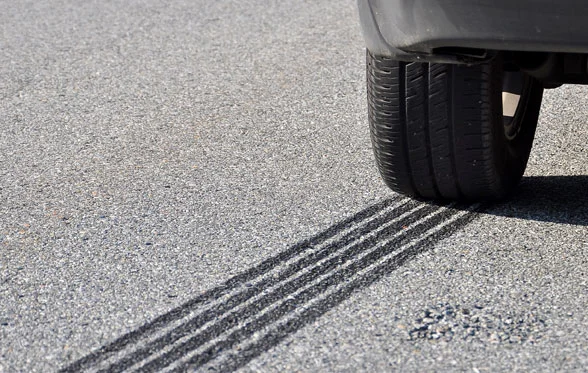Since the publication of EC Regulation No. 443/2009, which introduced mandatory carbon dioxide (CO2) emissions limits for new passenger cars, negotiations have been ongoing within Europe to create an equivalent Regulation covering light commercial vehicles. These negotiations finally reached their conclusion on 31st May 2011 with the publication of EU Regulation No. 510/2011 which introduces mandatory carbon dioxide (CO2) emissions limits for new light commercial vehicles (i.e. vans, pick-ups, etc with a GVW not exceeding 3500 kg).
This new Regulation follows the same format as (EC) No. 443/2009 and requires that each light commercial vehicle manufacturer must achieve average CO2 emissions equivalent to 175 g/km for all of the new light commercial vehicles (i.e. N1 category vehicles) that it registers in the European Union or face fines for non-compliance.
Compliance with the requirements of this new Regulation will be "phased in" over a four year period. In 2014, 70% of the new light commercial vehicles registered in the European Union by each manufacturer will be required to comply with the specified CO2 emissions target, increasing to 75% in 2015, 80% in 2016 and 100% from 2017 onwards.
The Regulation allows vehicle manufacturers that are responsible for registering less than 22,000 new light commercial vehicles per year within the European Union to apply for an alternative "manufacturer specific" CO2 emissions target to be applied to them. This alternative "manufacturer specific" CO2 emissions target will be based on what is considered to be technologically and economically feasible for that manufacturer.
Like (EC) No. 443/2009, this new Regulation specifies CO2 emissions targets which are directly related to the vehicle's unladen mass (e.g. lighter vehicles are required to meet a more stringent CO2 emissions target than heavier vehicles), rather than one specific target and includes a formula for calculating CO2 emissions targets based on unladen mass. This formula is structured to ensure that the overall European fleet will meet the 175 g/km target.
As with (EC) No. 443/2009, fines for failing to meet the specified CO2 emissions target will be based on the amount by which the vehicle manufacturer failed to meet its CO2 emissions target (in g/km) in a given year, multiplied by the number of vehicles registered within the European Union by that manufacturer in that year, multiplied by an "excess emissions premium". Between 2014 and 2018, an excess emissions premium of €5 will be applied for the first gram over the specified CO2 emissions target, €15 for the second gram, €25 for the third gram and €95 for the fourth and any subsequent grams. From 2019, an excess emissions premium of €95 will be applied for every gram over the specified emissions target.
The new Regulation permits additional credits for vehicles with CO2 emissions of less than 50 g/km. In 2014 and 2015, such vehicles will count as 3.5 vehicles in the manufacturer's average CO2 emissions calculations. This reduces to 2.5 vehicles in 2016, 1.5 vehicles in 2017 and 1 vehicle in 2018 and subsequent calendar years.
The Regulation also permits the CO2 emissions figures for vehicles capable of running on a mixture of petrol with 85% bioethanol (E85) to be reduced by 5% before including them into the manufacturer's average CO2 emissions calculations. However, this relaxation is only permitted until 31st December 2015.
Additionally, the Regulation sets a long term target of reducing the average CO2 emissions from light commercial vehicles to 147 g/km by 2020
Table 1 gives a brief summary of how the various requirements of (EU) No. 510/2011 will be "phased in" between calendar years 2014 and 2019:
TABLE 1
Phase in of (EU) No. 510/2011 Requirements
| 2014 | 2015 | 2016 | 2017 | 2018 | 2019 | |
|---|---|---|---|---|---|---|
| Percentage of vehicles required to comply with CO2 emissions target | 70% | 75% | 80% | 100% | 100% | 100% |
| Excess emissions premium for first gram over target | €5 | €5 | €5 | €5 | €5 | €95 |
| Excess emissions premium for second gram over target | €15 | €15 | €15 | €15 | €15 | €95 |
| Excess emissions premium for third gram over target | €25 | €25 | €25 | €25 | €25 | €95 |
| Excess emissions premium for fourth and subsequent grams over target | €95 | €95 | €95 | €95 | €95 | €95 |
| Light commercial vehicles with CO2 emissions less than 50 g/km count as | 3.5 vehicles | 3.5 vehicles | 2.5 vehicles | 1.5 vehicles | 1 vehicle | 1 vehicle |
